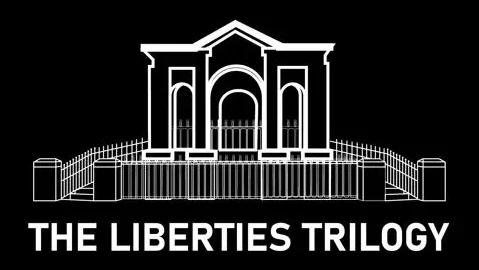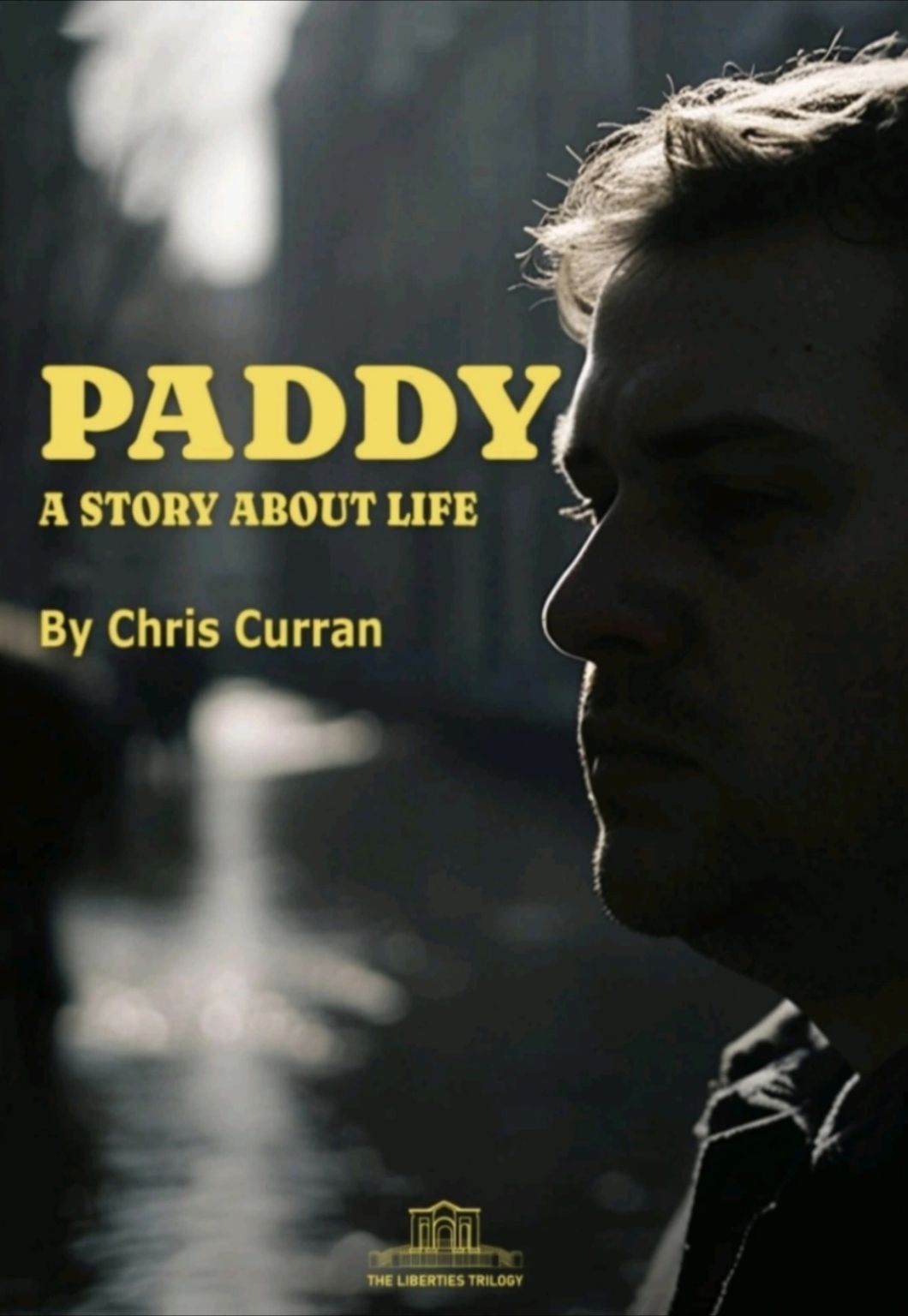In Paddy, the first book in The Liberties Trilogy, Chris Curran masterfully moves his protagonist from the streets of Dublin to the haunting, neon-lit alleys of Amsterdam. These two cities aren’t just settings—they’re psychological landscapes, each reflecting a different facet of Paddy’s inner life.
This shift in geography isn’t a simple change of scenery. It’s a journey of escape, confrontation, and dislocation. Let’s explore how these two cities shape the emotional and narrative arc of the novel.
Dublin: The Cage and the Cradle
For much of the novel, Dublin is both home and trap. It’s the place that made Paddy, but also the place that keeps wounding him. The Liberties, with its crumbling facades, crowded pubs, and tightly wound social codes, represents familiarity—but also stagnation. It’s a place full of ghosts: of lost friends, broken families, and unspoken traumas.
There’s beauty in Dublin, no doubt. It’s in the rhythm of the streets, in Paddy’s memories of childhood laughter, in the loyalty of friendships that have endured too much. But there’s also oppression—of masculinity, of sexuality, of vulnerability. For someone like Paddy, Dublin is a city that demands silence and survival. And eventually, that silence becomes unbearable.
Amsterdam: A Mirage of Freedom
When Paddy flees to Amsterdam, it feels like he’s stepping into a dream—or a nightmare. The city offers anonymity, a sense of escape, and, briefly, a chance to reinvent himself. The red lights, the canals, the haze of hash smoke and possibility—it all promises something Dublin never did: freedom.
But freedom, in Paddy’s case, is deceptive. The city doesn’t fix what he’s carrying; it only magnifies it. His pain, his addiction, his loneliness—they all follow him across the sea. Amsterdam becomes a mirror, reflecting truths he tried to outrun. And in a place where anything is possible, Paddy finds himself spiraling deeper into himself.
Still, Amsterdam matters. It’s where the mask slips. It’s where vulnerability finally surfaces. It’s where the facade of control crumbles, and something like honesty begins to emerge.
The Symbolism of Movement
The contrast between the two cities underscores one of Paddy’s core themes: you can change your location, but not your past. Dublin is the source of his wounds. Amsterdam is the space where he’s forced to face them.
The journey isn’t romanticized. There are no epiphanies at sunset, no clean resolutions. But in the act of moving—of choosing to go, to leave, to risk something—Paddy takes a crucial step toward self-understanding. Even in chaos, there is motion. And sometimes, motion is hope.
Final Thoughts
Dublin and Amsterdam aren’t just physical spaces in Paddy—they’re emotional terrains. One is rooted in memory and identity, the other in escape and fragmentation. Together, they form the map of a man trying to make sense of himself.
Chris Curran’s decision to use both cities as narrative anchors gives the novel a depth that extends beyond its characters. It asks: where do we belong when home hurts? And what do we find when we go looking for ourselves in unfamiliar places?
For Paddy, the answers are complicated. But the journey is unforgettable.


